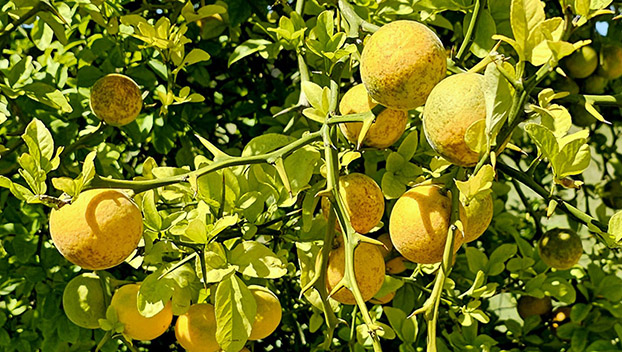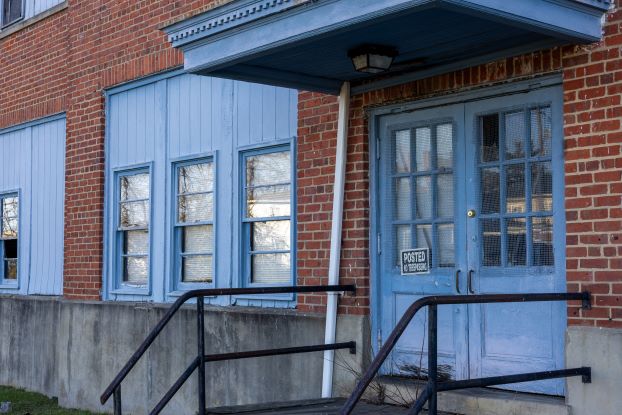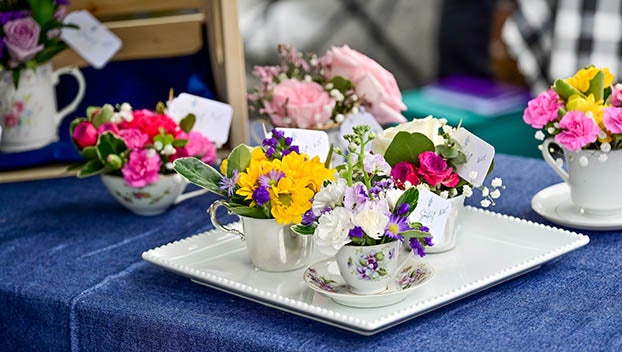Mother Nature’s Garden: The Hardy Citrus
Published 5:00 pm Thursday, November 2, 2023

- Hardy citrus plants can form impenetrable hedges when they naturalize.
|
Getting your Trinity Audio player ready...
|
Several times this past summer, strangers stopped me to ask about an odd plant they’d seen off Milnwood Road. They all said that it looked fierce. It was the hardy citrus (Citrus trifoliata; previously Poncirus trifoliata). The hardy citrus is often confused with the Flying Dragon citrus (Citrus trifoliata var monstrosa), which has backward curving spines resembling claws.
The hardy citrus is native to China where its use has been documented since the 1100s. It was brought here in the early-1800s for use as an ornamental garden plant and for the creation of impenetrable hedgerows. William Prince of Flushing, New York advertised the hardy citrus in his 1823 plant catalog. Its popularity continued throughout the 1800s as Victorian gardeners were especially fond of odd and even fearsome-looking plants, such as this one. After the creation of the U.S. Department of Agriculture, William Saunders popularized hardy citrus as rootstock for growing various types of citrus trees.
The hardy citrus is a tall deciduous shrub that can grow 5 to 12 feet tall and has densely tangled branches covered with flat spines that are 2 to 3 inches long. Even though the plant loses its leaves during winter, the stems and spines remain green, The leaves are alternate and borne in threes on short spur branches that emerge from the axils of the spines. In late spring/early summer, the hardy citrus produces fragrant white flowers with 4 to 7 petals. By late summer, the plant is covered with golf ball size, fuzzy yellowish green fruits. They are very sour and have a flavor similar to the combination of a grapefruit and a lemon. How sour? A nurseryman in Texas once said that they could be used to make a drink similar to lemonade by combining one barrel of water, one barrel of sugar, and a single hardy citrus fruit. They are full of seeds and not particularly tasty, but can be used in marmalades. They are high in pectin.
Commercial citrus growers use the hardy citrus for rootstock for grafting other types of citrus fruits. In Japan, hardy citrus is a popular rootstock for satsumas. In China, the dried leaves, roots, and spines are used to treat cold, congestion, toothaches, nausea, diarrhea, and inflammation.
The hardy citrus tolerates a range of soil types and moisture levels. It can withstand temperatures as low as -10 F and is considered the hardiest of all citruses. Although it’s not on the official Virginia state list of invasive plant species, the Digital Flora of Virginia notes that it has become an aggressive colonizer in some areas.
If you encounter one of these shrubs, beware. Those spines can cause lots of damage.
Dr. Cynthia Wood is a master gardener who writes two columns for The Herald. Her email address is cynthia.crewe23930@gmail.com.





